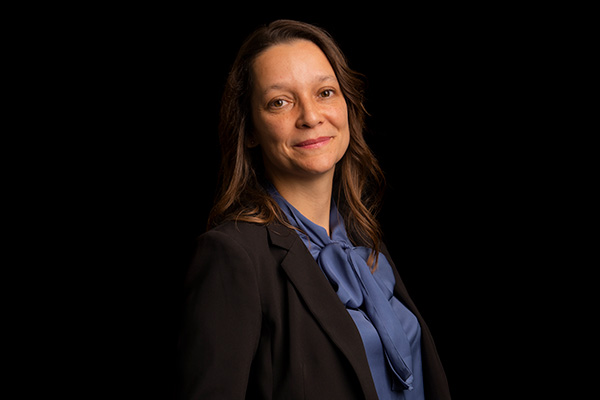Natália da Silva Perez
Research leader

Project title
Racialized Motherhood: Documenting and Analysing Early Modern Discourses in Print about Enslaved Women's Reproductive Roles
What is your project about?
My team and I will compare how early newspapers represented motherhood for women of different origins during the early modern colonial period. Before reliable birth control, reproduction and care were often assumed to be women’s main responsibilities in life. But were there different expectations for women from Europe, Africa, or the Americas? For free or enslaved women? For women of different religions, ethno-racial backgrounds, or social economic standing? Did expectations about motherhood travel from place to place or change over time? I will combine methods from microhistory, historical sociolinguistics, and computational linguistics to examine relationships between ideas about motherhood. I will cross-examine large collections of newspapers in English, French, Spanish, Portuguese, Danish and Dutch, that were printed and circulated across the Atlantic over the course of 250 years.
How did you become interested in your particular field of research?
During my PhD I studied early modern women writers, mostly from the elite, but I always wondered about less privileged women, who needed to work for their lives. After my PhD, I decided to include them in my research. But whether women were born rich, worked for their subsistence, got married, or entered religious orders, my research has shown me that in the early modern period most of them would eventually come across the need to manage when to—or whether to—get pregnant. In dealing with this need, women were surrounded by social expectations, religious mores, and economic demands. Today it is still the case, even though contraception can be very effective. Furthermore, social-cultural pressures about reproduction, pregnancy, and motherhood affect women from different social backgrounds very differently. I became very curious about how these diverse ideas traveled throughout history.
What are the scientific challenges and perspectives in your project?
I will need a lot of different historical newspapers to compare ideas about motherhood from different cultures over time. The first challenge will be to make sure the comparative analyses make sense, in other words, that we won’t be comparing apples to oranges. My team and I will use a combination of quantitative and qualitative approaches to address this challenge. A second challenge is that these historical newspapers were printed on cheap paper, with cheap ink, in non-standardized languages. When we transform scanned images of these pages into machine-readable text using optical character recognition, the material conditions of the original can introduce noise in the data. My team and I will use a combination human intelligence and machine learning to prepare and document our custom datasets, which will allow us to address our research questions.
What is your estimate of the impact, which your project may have to society in the long term?
My team and I will study how women’s intersecting identities were represented in discourses about motherhood during the early era of mass print media. For that, the project combines the strengths of data-driven research and in-depth historical discourse analysis. Because it focuses on the connections between different empires, and studies how language was used to categorize and separate women of different races, classes, and backgrounds, the project can lead to a breakthrough in our historical understanding of how discourses on motherhood came to be racialized, stratified, and politicized in our globalized world.
Which impact do you expect the Sapere Aude programme will have on your career as a researcher?
To study historical discourses on human reproduction from a trans-national perspective, I need to look into large amounts of multilingual textual data. This is not easily done alone. With a Sapere Aude, I will lead an interdisciplinary team of historians and computational linguists to collaborate in addressing our research questions in a novel way. This is both an honor and a responsibility. This grant will give me material conditions to build a team capable of bringing together big data and microhistory, which will boost my existing interdisciplinary collaborations and help me push the boundaries of history as a research field.
Background and personal life
I was born and raised in São Paulo, but moved to Montreal at the age of 20 for a B.F.A. in Theatre and Francophone Literature. During my M.A. in Performing Arts Studies (Université Libre de Bruxelles/Universidad de Sevilla), I started to pursue interdisciplinary research, linking my interest in theatre with a newfound curiosity about women's history. This paved the way for my PhD (University of Kent/Freie Universität Berlin), which focused on the work of early modern women playwrights. Now I focus on examining the lives of women of both low and high social standing. I employ comparative, transnational, and intersectional methodologies to look into women’s interactions with their families, communities, and authorities. For that, I like to combine microhistorical with trans-imperial approaches to the early modern period, aided by computational and data-driven approaches to textual analysis.
View all research leaders here
Research institution
University of Copenhagen
Research field
History
City of your current residence
Copenhagen
High school
Escola Técnica Estadual de São Paulo
